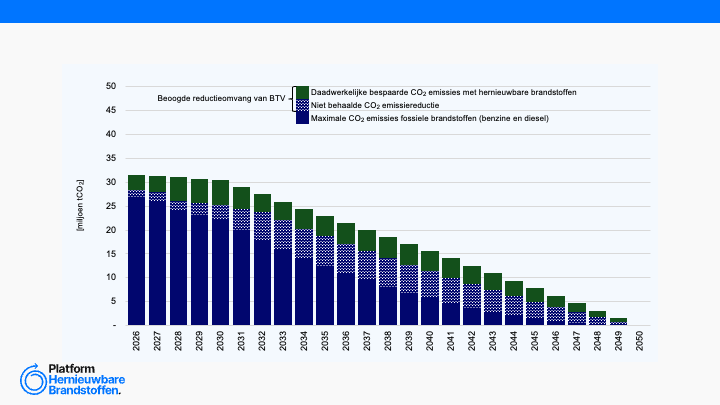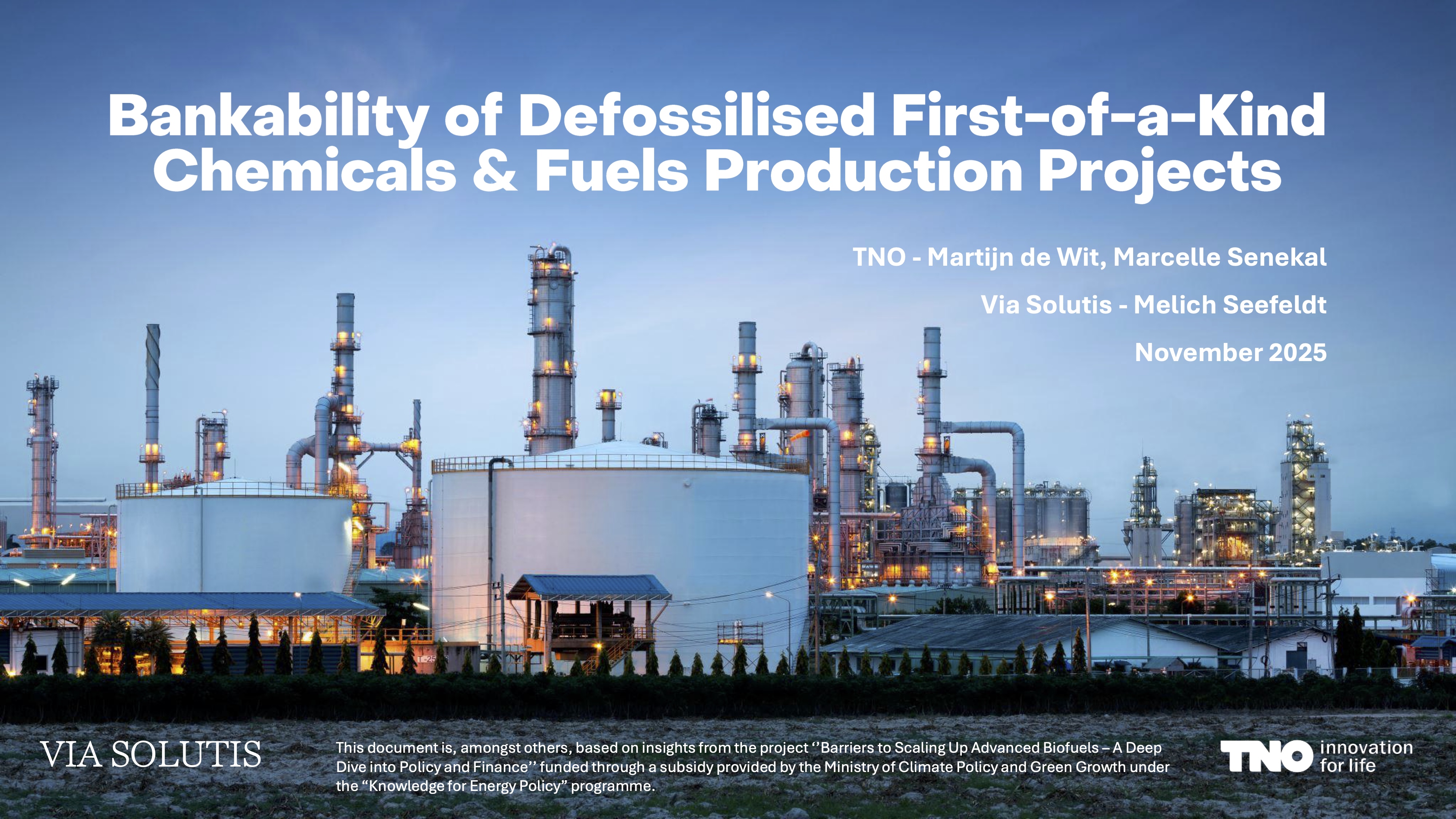Navigating the way to a renewable future: Solutions to decarbonise shipping

IRENA is the International Renewable energy Agency. IRENA publishes regularly on renewable energy options. This IRENA report provides an overview of the shipping transport sector and the potential pathways to reduce CO2 emissions in the sector.
Maritime shipping represents between 80-95% of international trade, and this transport mode is characterized by a very low carbon-intensity. With the GDP expected to grow in the upcoming years, it is expected that so will international trade, which will result in an increase use of maritime shipping transport. However, without adequate policy, emissions from the shipping sector could grow between 50%-250% by 2050 (IMO, 2015). The report finds that, from a ship owner perspective, the key driver for GHG emission reductions is the MARPOL Annex IV Regulation, rather than the IMO Strategy on reduction of GHG. This is partly because GHG emission reductions are likely to depend on the method for reducing Sulphur emissions, given that these are usually stricter and more thorough. However, although there are measures regulating the sulphur content, there are no specific measures aimed at reducing CO2emissions.
Currently, HFO is the fuel of choice in the sector. This has caused the shipping sector to be responsible for around 15% of global annual nitrogen oxide emissions and 13% of SOxemissions. In an effort to comply with the SOx regulations, the sector has seen a switch from HFO to LNG(enabled by the use of retrofiters). This, however, does nothing to reduce CO2emissions. To truly decarbonize shipping, t is expected that the sector would eventually have to switch to the use of renewable fuels and alternative propulsion means. Considering the current infrastructure and its compatibility with biofuels, switching from HFO, MDO and MGO to biofuels (e.g. straight vegetable oil (SVO), hydrotreated vegetable oil (HVO), fatty acid methyl ester (FAME), etc.) would not require major changes to the storage and bunkering infrastructure, nor in the supply methods. Moreover, due to their biodegradability, biofuels are safer for the environment in case of spills.
More information is found at the IRENA website.
Recente artikelen
Analyse brandstoftransitieverplichting

Nederlandse industrieclusters presenteren bidbook: Een basisindustrie om op te bouwen: nu & in de toekomst



